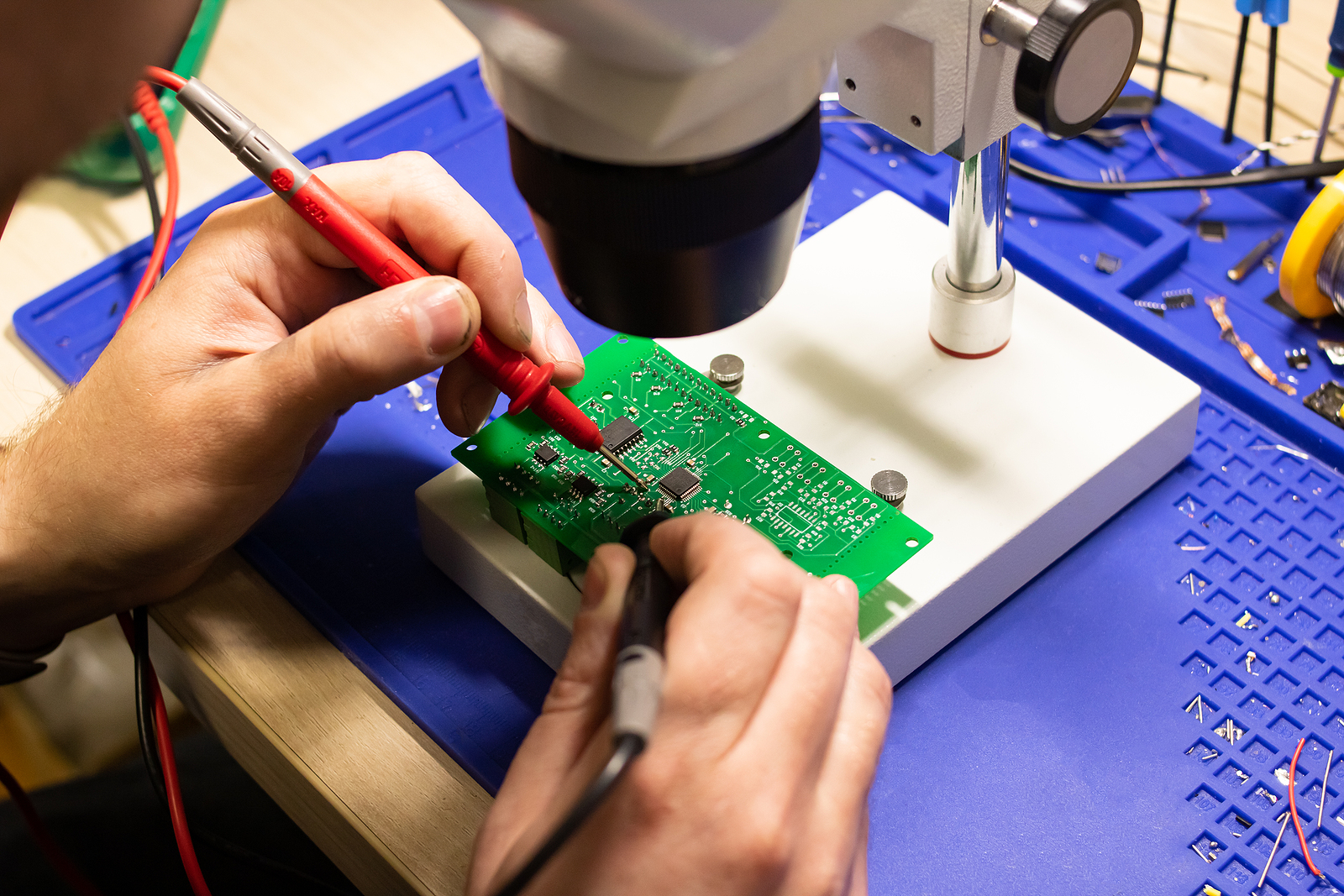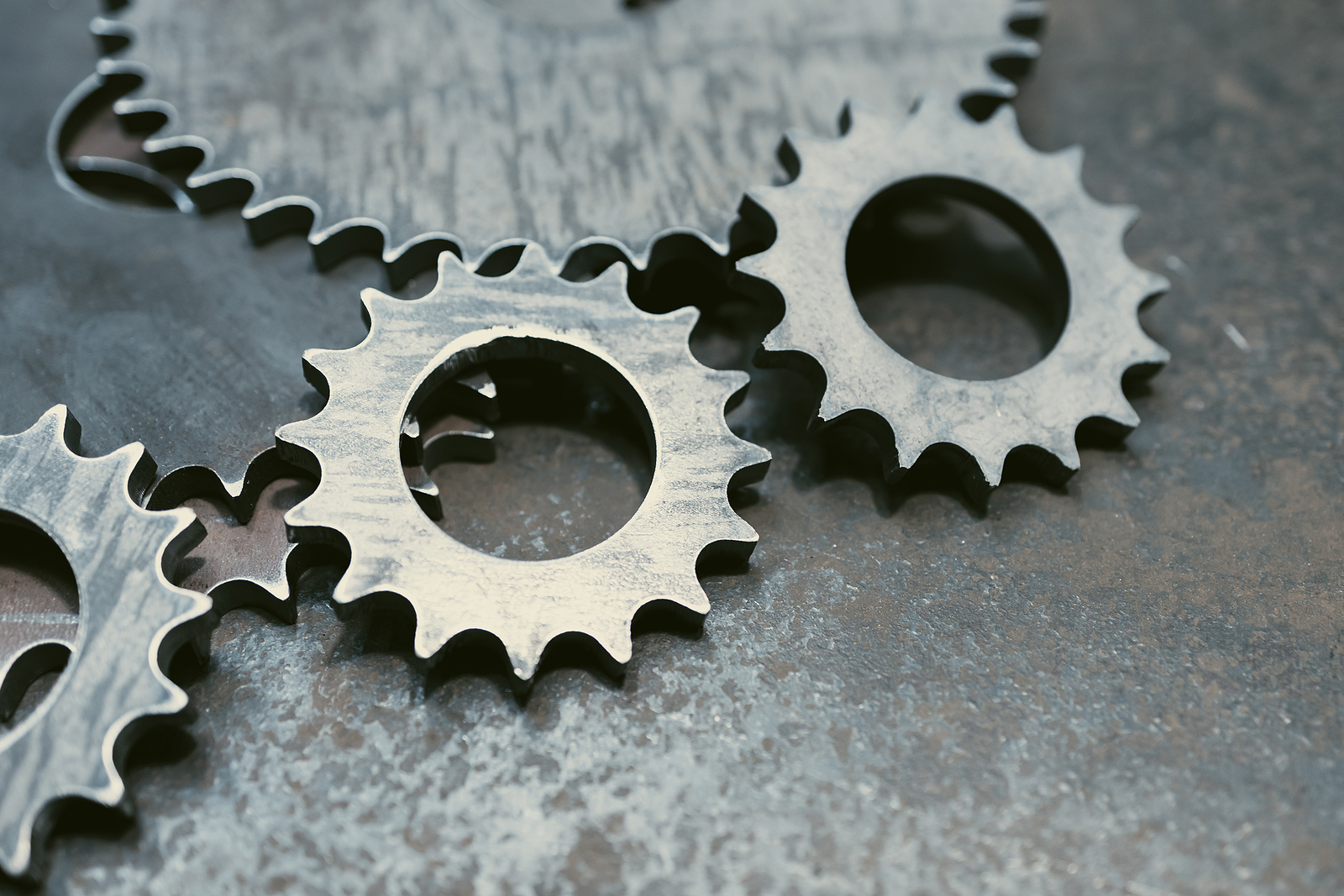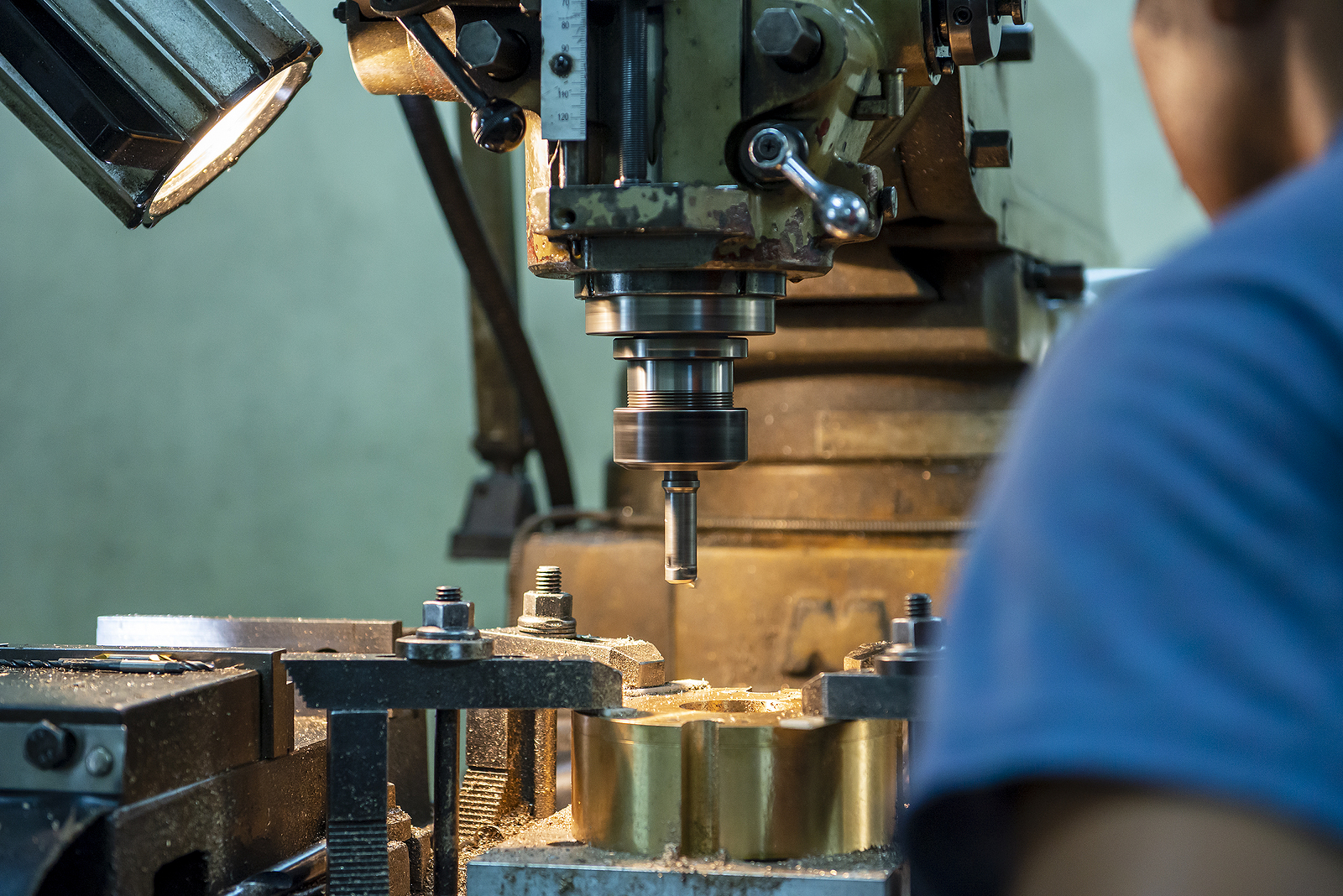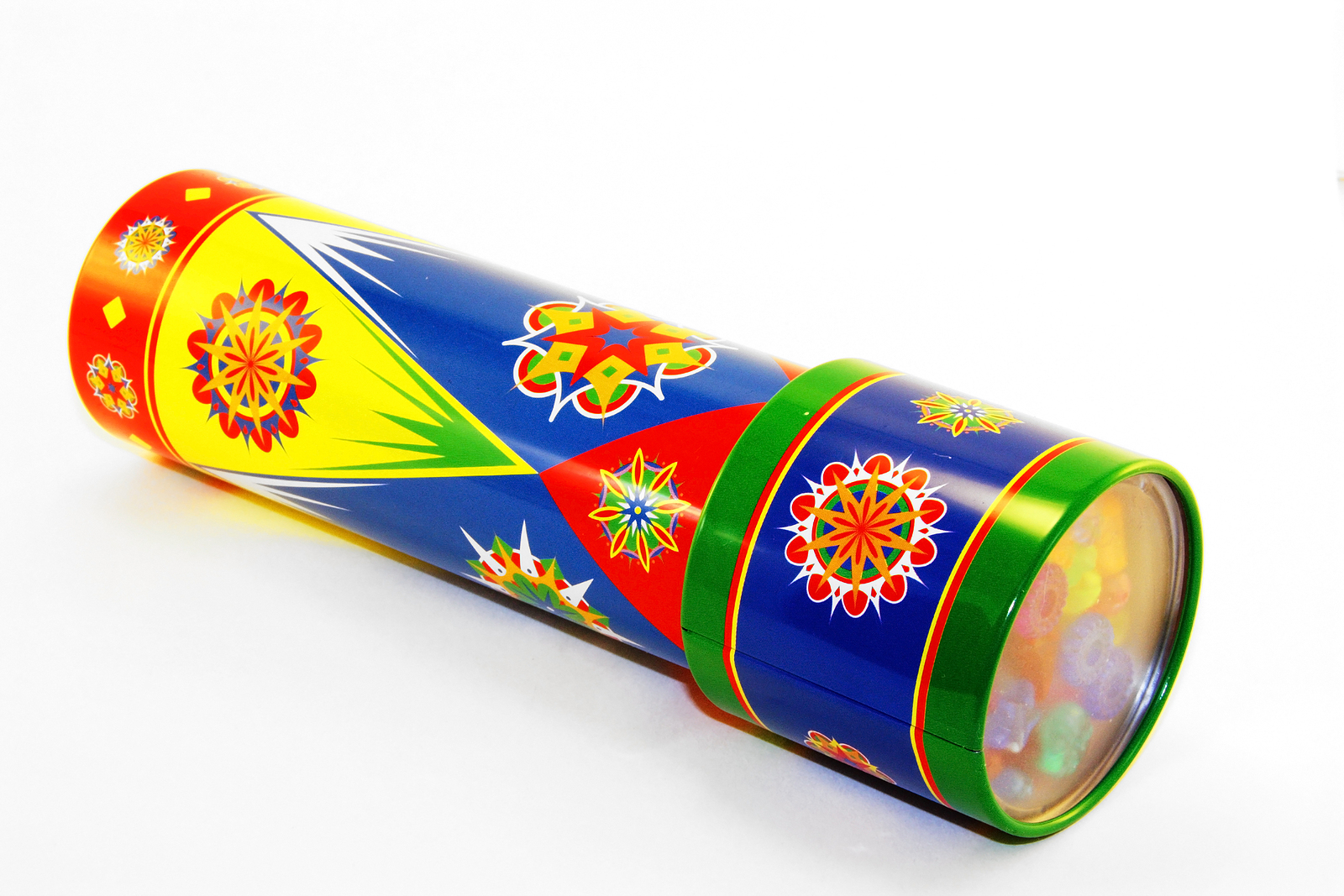Several years ago, I took a trip to DC to visit my sister, a US Air Force Master Sergeant (MSgt). We spent one day walking nearly 12 miles at the National Mall, hitting up all the “must see” places, including:
- The White House (where the first Black president of the United States hopped into a helicopter and flew to Boston while we watched in awe)
- The Washington Monument
- The buds of the cherry blossoms as they were just starting to pop
- A private tour of the US Capitol building with an intern from the Senator’s office
- The WWII Memorial where we remembered our grandfathers
- The Vietnam Veterans’ Memorial where we shaded in the names of complete strangers
- The Lincoln Memorial
- The grounds of the Korean War Veterans Memorial
- The FDR Memorial to ‘fear nothing but fear itself’
- The Tidal Basin
- The Thomas Jefferson Memorial
In the end, we got to watch the helicopters fly back overhead as President Obama returned from Boston that evening. It was an incredible day that still brings back so many emotions and memories. One thing that stands out to me is the simplicity and magnitude of the MLK Jr. Memorial. A giant piece of rock (30 feet high) with MLK Jr.’s image carved into it and the simple statement:
‘Out of the mountain of despair, a stone of hope.’
Growing up in southwestern Minnesota, I learned how Martin Luther King Jr. had changed the world. It was on the grounds outside of Ebenezer Baptist Church in Atlanta where I was lucky enough to take some time to ponder how different the world could have been had that fateful April day in 1968 never happened.
I learned to treat others the way I wanted to be treated, to befriend (and defend) anyone who looked like they needed a friend and to never take for granted the gifts and abilities I had. As one of four kids in a dual-income, lower-middle class family, we played with all the kids in the neighborhood and befriended the children who came in and out of the women’s shelter just behind our house. It never dawned on me that Josh was any different than me just because he had dark hair, dark eyes, and dark skin while I had dark hair, dark eyes, and lighter skin. It didn’t occur to me that Judy might have bigger struggles than me because her tall, white father had fallen in love with a petite, beautiful black woman.
I’m hopeful that I’m doing as good of a job with my children as I believe my parents did with their own. However, I know that the world around us hasn’t gotten any better. We still have so far to go in fighting for MLK Jr.’s dream.
To celebrate Martin Luther King Jr.’s legacy (this link shares history of MLK Jr. Day), I leave you with two inspiring MLK Jr. quotes:
“Never, never be afraid to do what’s right, especially if the well-being of a person or animal is at stake. Society’s punishments are small compared to the wounds we inflict on our soul when we look the other way.”
“I refuse to accept the view that mankind is so tragically bound to the starless midnight of racism and war that the bright daybreak of peace and brotherhood can never become a reality… I believe that unarmed truth and unconditional love will have the final word.”



 Looking to join our team?
Looking to join our team?









